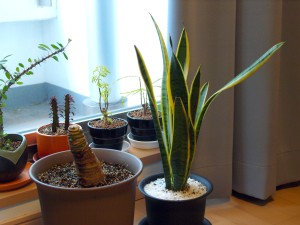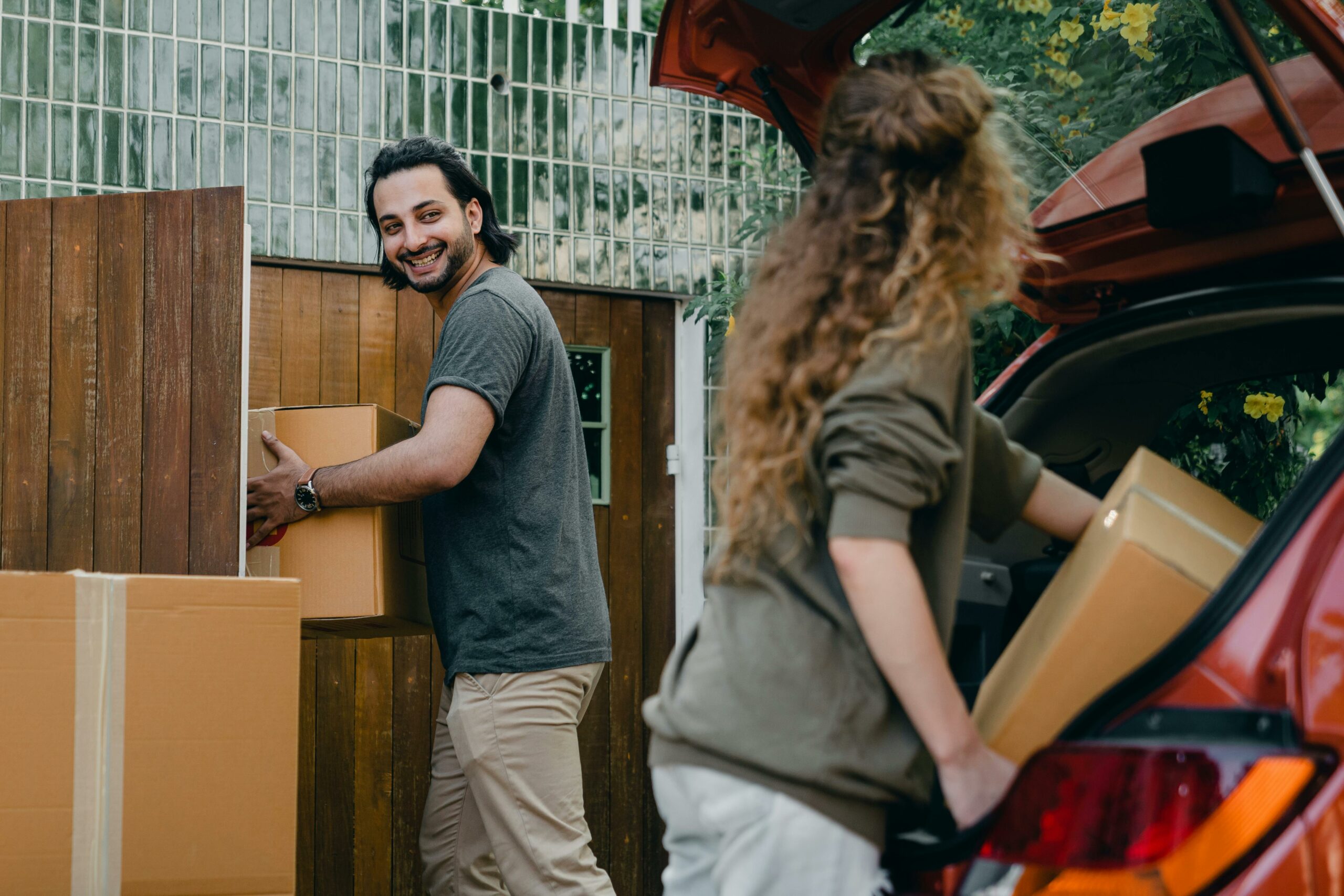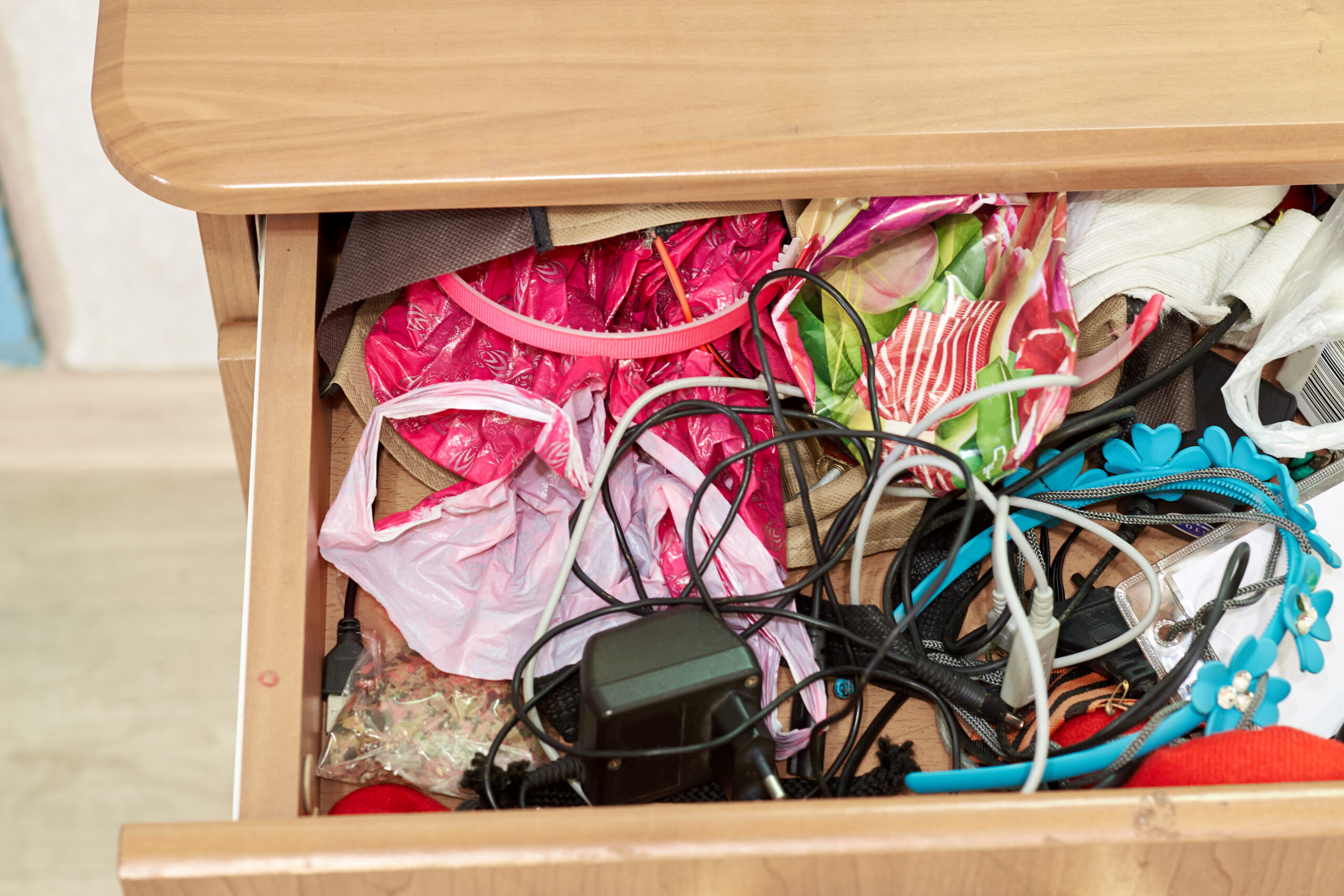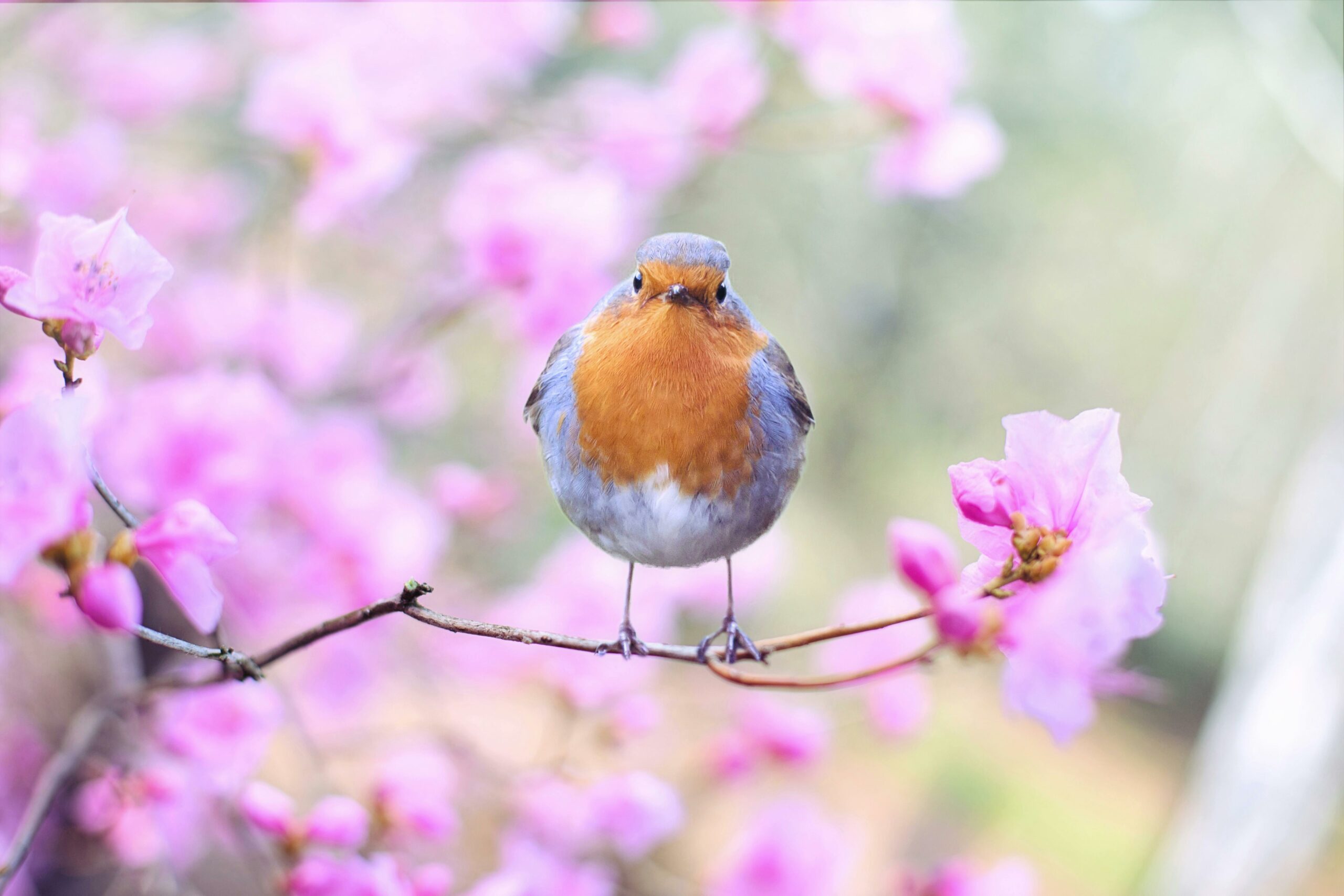 With St. Patrick’s Day coming up, and spring nearly upon us, March is often a month of green. Green is the color of harmony, luck, and rejuvenation, and it’s no wonder we’re all so desperate for a little splash of that comforting color to help chase away our winter blues. Local department stores are already putting out houseplants, watering cans, and big ol’ bags of potting soil, all in anticipation of the new growing season.
With St. Patrick’s Day coming up, and spring nearly upon us, March is often a month of green. Green is the color of harmony, luck, and rejuvenation, and it’s no wonder we’re all so desperate for a little splash of that comforting color to help chase away our winter blues. Local department stores are already putting out houseplants, watering cans, and big ol’ bags of potting soil, all in anticipation of the new growing season.
You may already be someone who enjoys keeping houseplants in your home, be it to help ward off the grey feelings of winter or simply because you love a bit of nature to care for. However, for all the good care you can give them at home, what happens to them when it’s time to move, especially in winter?
Here are some useful tips to safely transplant your leafy friends from your old home to the new:
Moving Down the Block vs. Long Distance
If you’re simply moving a few minutes away, houseplant transferring isn’t too difficult. Place plants in a cardboard box with high sides, and leave the top open to allow for airflow. They don’t like to be buffeted by wind, however, so be sure to keep them in your car or moving van with you.
If you’re going to be driving long enough that you might need to make frequent stops or even spend the night somewhere, treat your houseplants like pets; they can’t get too hot or cold, and if you have to leave them in the car, crack your windows. Also make sure they get enough water, as they can dry out over the course of a long trip.
In Hot and Cold Weather
If you’re moving during a heat wave or frigid weather, you’ll want to be careful to control the environment that you transport your houseplants in. Putting them in your car is likely to be your best bet. You’ll also want to be quick about moving them from home to vehicle. The differences in temperature can place your houseplant in shock, which while not necessarily fatal, can take the plant a while to recover from. If you’re experiencing cold weather, wrap or cover the plant in newspaper or a paper bag to prevent any damage to the leaves. Be sure your plant can still breathe, though!
If You’re Moving to NH from Another State
If you’re planning to become a New Hampshire resident, contact your state’s department of natural resources about which houseplants you want to bring with you. New Hampshire, among other states, often require an examination before bringing in new plants, to help prevent pests from being introduced to the area. Yes, even houseplants can harbor unfriendly guests! It’s better to call ahead, than face a possible fine.
Check with Your Local Moving Company
Moving companies like Central Lakes Region Movers often offer professional packaging and/or moving services for your houseplants. Contact them today to find out what services are available for transporting your houseplants safely to your new home!











One thought on “How to Safely Move Your Houseplants”
Comments are closed.